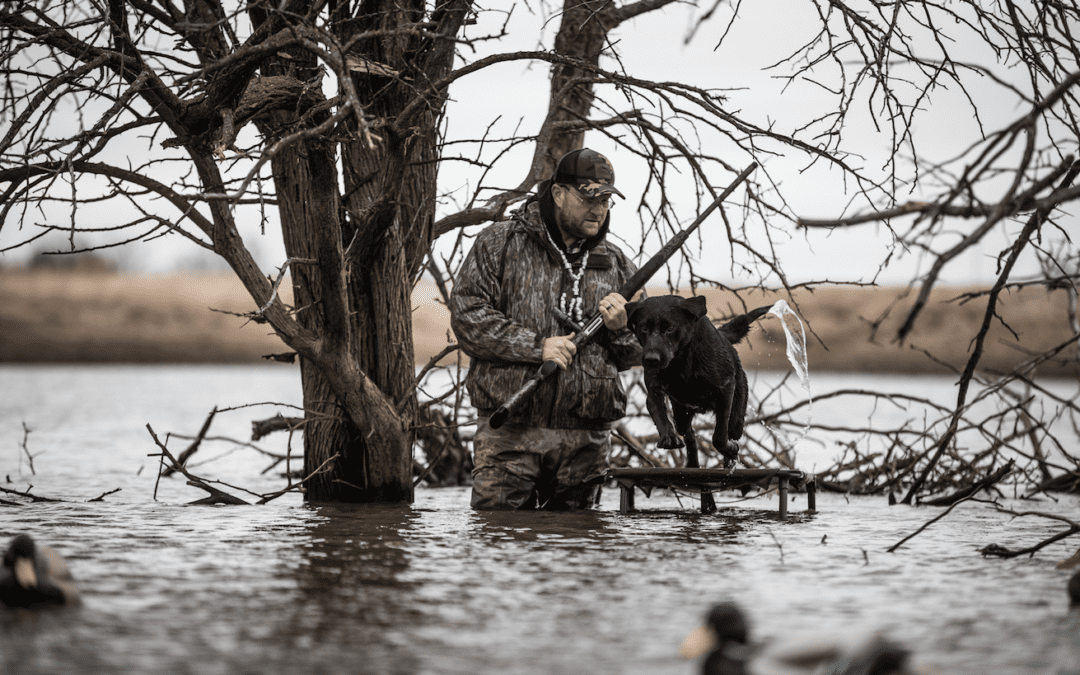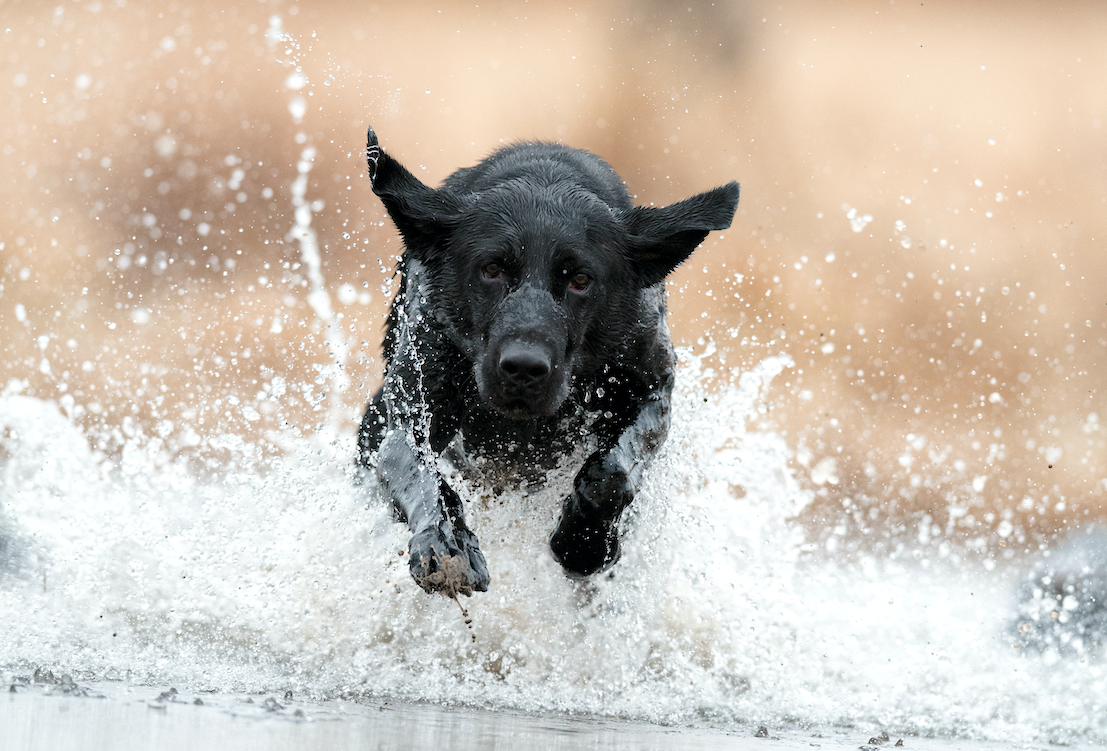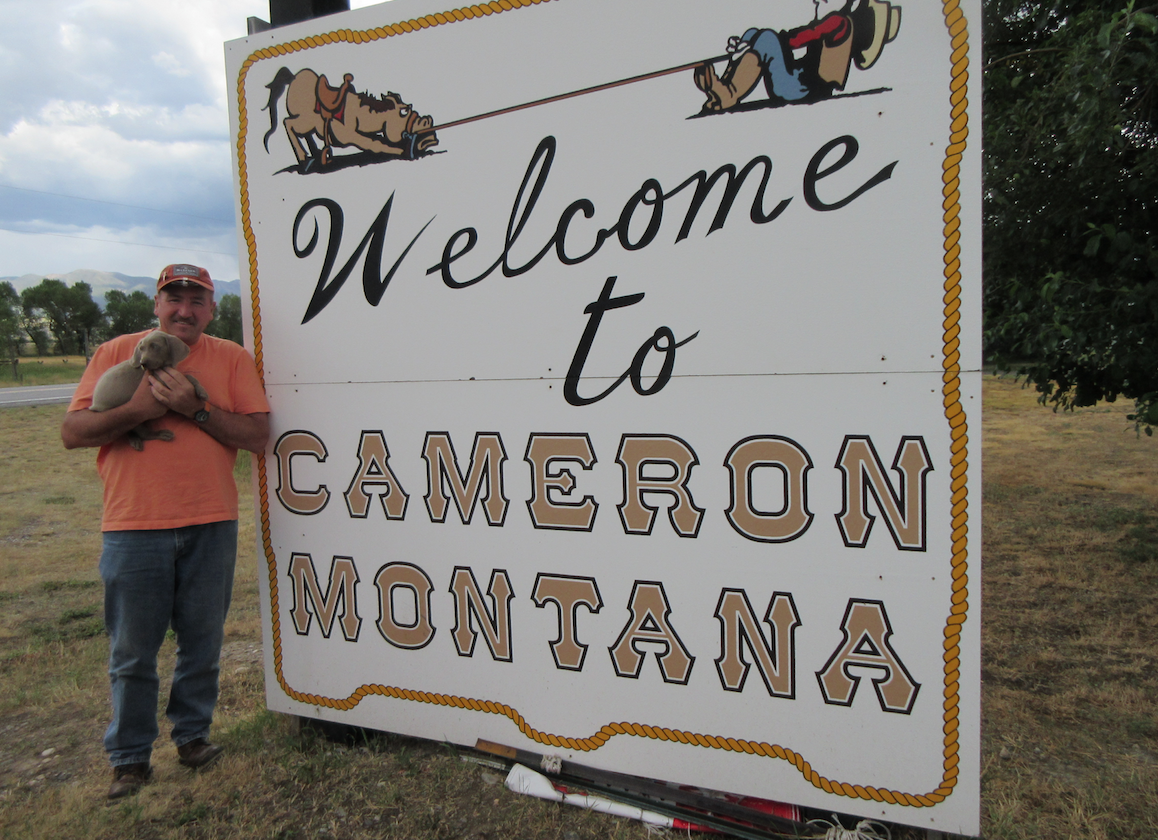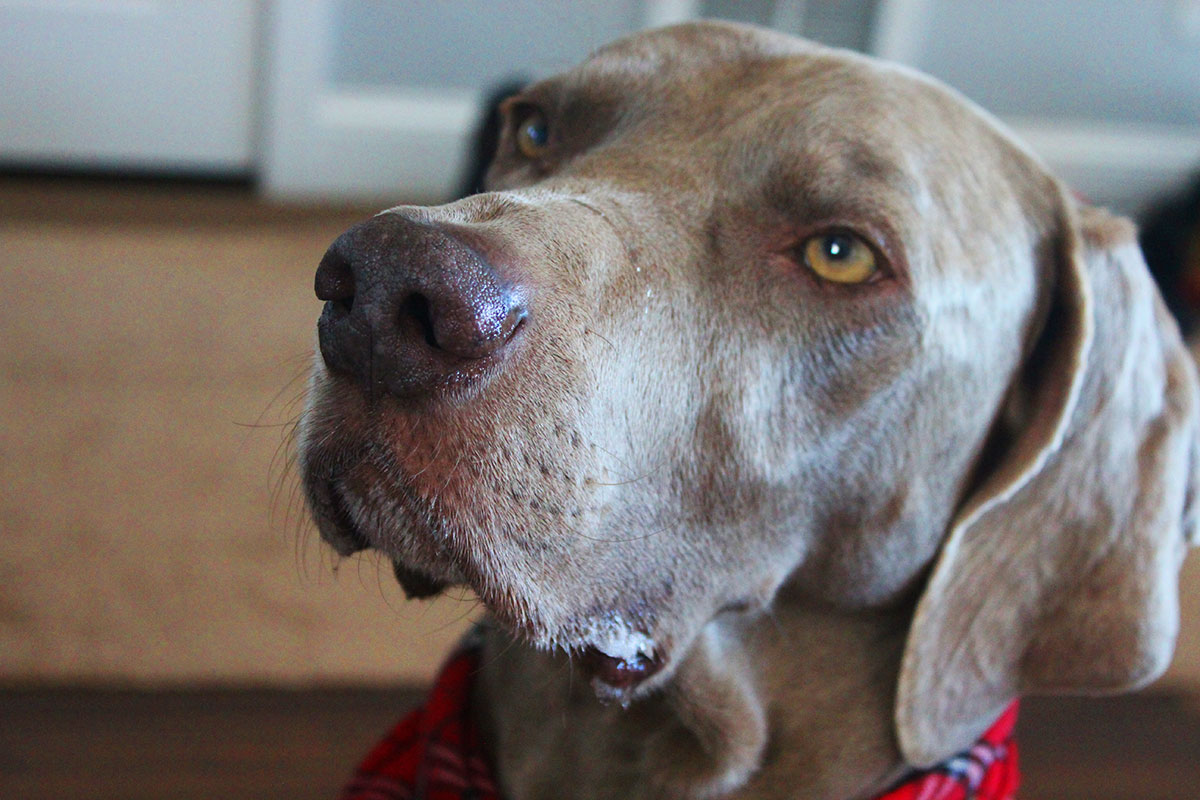Hunting success usually hinges on preparation. These tips from top gun-dog trainers around the country will help you and your dog get ready for Opening Day.
SPONSORED CONTENT
No matter what you hunt, where you hunt or whom you hunt with, Opening Day has a special kind of magic that can only be compared to Christmas morning. There are several aspects of Opening Day that contribute to its appeal: the camaraderie of hunting with friends and family, the special traditions we might have, such as tailgate doughnuts and coffee; and the memories of Opening Days gone by.
And then there is the other side of Opening Day—hunters in fancy new gear wandering around aimlessly, following dogs that are rusty and out of shape. If Opening Day has any lesson to teach us, it’s that hunting success usually hinges on preparation. Whether Opening Day means a North Dakota pheasant field, flooded timber in Arkansas, a goose blind on Maryland’s Eastern Shore or another favorite scenario, these tips from top gun-dog trainers around the country will help you and your dog get ready for Opening Day.
The Hard-hunting Pointers of Pineridge
Jerry Havel, owner of Pineridge Grouse Camp in the Northwoods of Minnesota, is known for his athletic Elhew pointers. Havel relies on dogs that can hunt hard through the entire season. Each year his dogs point hundreds of grouse and woodcock for visiting hunters. Havel stresses the importance of summer training and conditioning for endurance both on Opening Day and for consistent performance throughout the season.
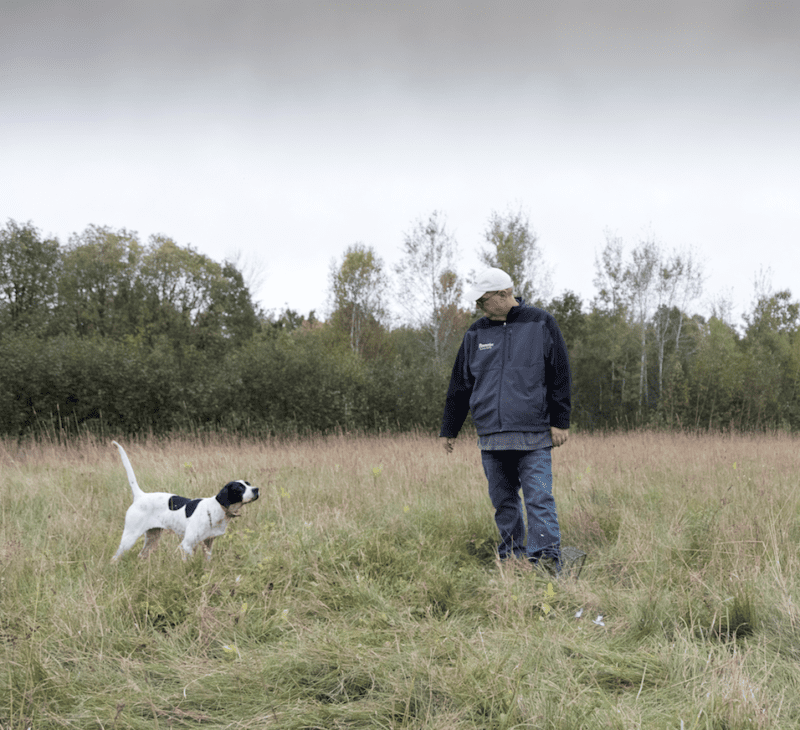
Pineridge Grouse Camp’s Jerry Havel puts the finishing touches on his pointer Elhew Hampshire Miss Kit.
“Dogs are like athletes,” Havel said. “They need to be training and conditioning every day. I like to take my dogs on what I call ‘sprints,’ or 20- to 30-minute runs. These sprints are short-duration and high-octane. Doing them twice a day increases stamina and prepares my dogs for hunting season. I’ve found that, when we get into the heart of the season, this conditioning shows itself better than running my dogs six or seven miles a day at a steady pace.”
Havel also emphasizes the significance of quality nutrition.
“Six to seven weeks before the opener, I increase my dogs’ food by ½ to ¾ cup a day. We use Eukanuba Premium Performance 30/20 SPORT, and this little bit of extra food and exercise gives them the ability to build up some muscle and endurance for the coming season. After the opener, my dogs are on the ground every other day for 60 days straight. With a quality dog food, I don’t need to add supplements to my feeding program, or worry that the dogs don’t have the fuel they need to be successful.”
Tailored Training at Moss Bend Retrievers
Ashly Kite of Moss Bend Retrievers might train a different breed of dog for a completely different set of tasks, but his recommendation echoes Havel’s advice.
“When we get dogs in for a preseason tune-up, the first thing we do is make sure they are on track with their nutrition so we can get them in hunting form.”
According to Kite, nutrition comes first, after which comes obedience, and then specifically tailored training. He stressed that diet and fitness support all other aspects of training.
“Keeping the dog in shape is very important and is something that should be done year-round,” he said. “It’s no different than you or me. If the dog is carrying extra weight, it’s not going to perform. And a dog that is in good shape is less likely to get injured, so it’s a preventive measure.”
Once Kite has a dog in good shape, with the proper nutrition to back it up, he moves on to basic obedience.
“Just because a dog is ‘finished’ doesn’t mean they are going to be perfectly obedient for the rest of their life,” Kite said. “Obedience should be something you work on twice a week. It isn’t glamorous, but everything that is glamorous comes from it.”
Kite finished by discussing what he’s working on the last few weeks before his dogs will be in the field.
“Once a dog is steady and has basic obedience down, we want to look at the specific requirements they have. There is a difference between a dog that will be hunting in big water from a layout boat and another dog that’s in a blind in a dry field with 300 snow goose decoys,” he explained. “We want to tailor our training for those specific needs and expose the dog to the types of things they are going to see in the field.”
Conditioning, Obedience, and Bird Work at Sarahsetter Kennels
Mark Fulmer of Sarahsetter Kennels has a lifetime of experience training quality English setters. Like Kite, he recommends dedicating the last few weeks before the season to a dog’s individual needs.
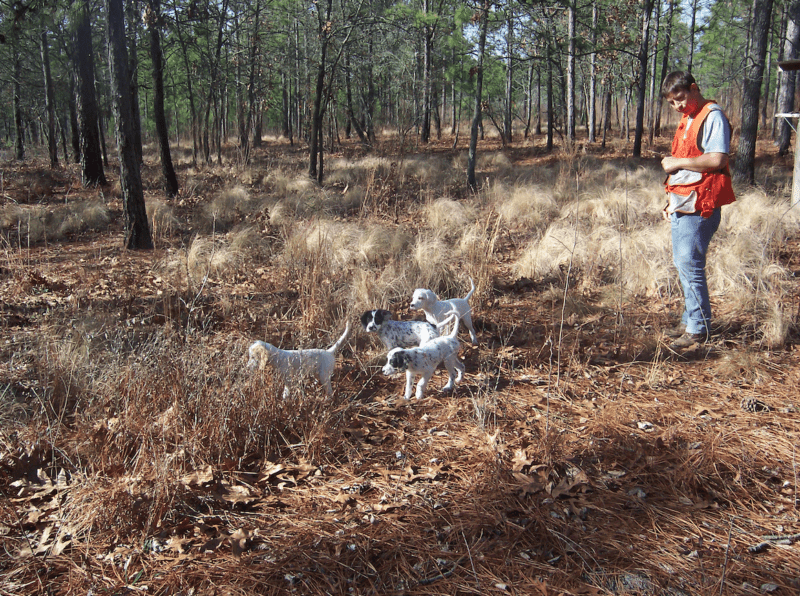
For 40 years, Mark Fulmer of Sarahsetter Kennel in South Carolina has developed a lot of excellent bird dogs.
“Older dogs that have hunting experience are fairly simple,” he said. “Exercising them is the main thing. I’m fortunate to have a 4-acre field where I can free-run my dogs. When you get dogs around one another, they tend to exercise themselves, and socializing them is good for when they hunt with unfamiliar dogs.”
With younger dogs going into their first season, Fulmer likes to combine this exercise with pigeon work.
“I do a lot of pigeon work with young dogs,” Fulmer explained. Once they have basic obedience, I start them on individual birds, and after a while they might get a single, a double, or four at a time to simulate a covey. If you can get a young dog well-conditioned, obedient, and excited about birds, that’s as good a start as you can ask for.”
Real-world Conditions at Lone Duck Outfitters & Kennels
Bob Owens of Lone Duck Outfitters & Kennels lives and breathes waterfowl dogs. When I called to ask him how he was preparing for Opening Day, he was between running dogs at a hunt test.
“There are several things that I think are super-important leading up to Opening Day,” Owens said. “If you’ve been working on obedience all summer and the dog is in good shape, then it’s time to train in a hunting environment.”
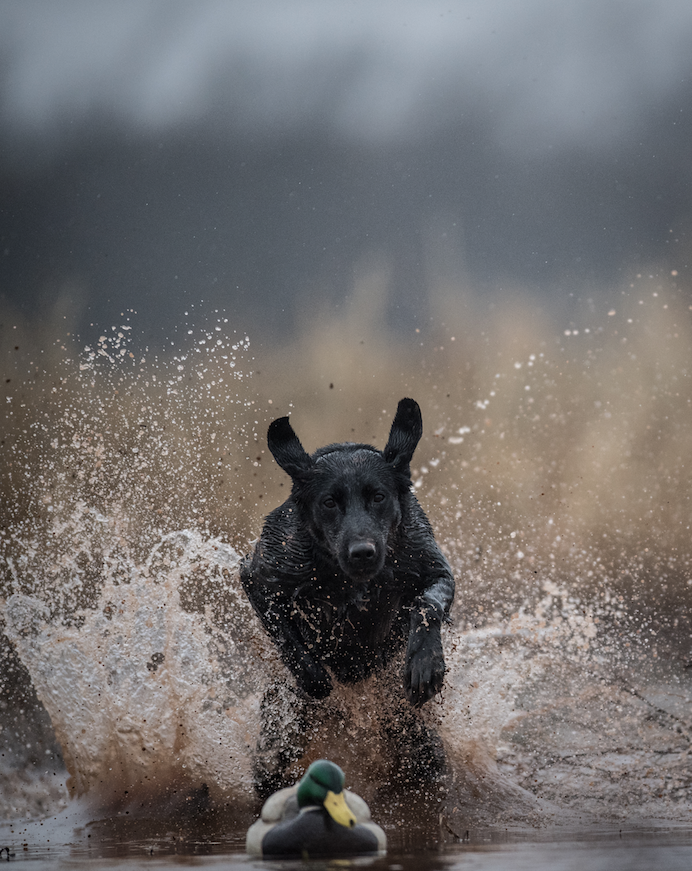
Bob Owens of Lone Duck Outfitters competes in hunt tests and field trials. He’s been known to be in a blind on Opening Day.
Owens suggests throwing marks off a dog stand, if that’s how the dogs will be hunting. If you are hunting out of a boat, he suggests taking the dogs fishing with you and bringing some bumpers and a starter pistol to work off the boat. Dogs that will be hunting in large decoy spreads should practice finding and retrieving marks in the decoys and beyond them.
Like the other trainers I spoke with, Owens remarked on the importance of nutrition and conditioning.
“I don’t change my feeding program,” Owens told me. “Some people think hunting season is the only time when quality food is important, and the rest of the year they feed a cheaper food. These dogs are athletes and work hard for us throughout the year, so it’s important to feed them well all year long. They’re like athletes, and we need to keep them in shape. For me, an overweight dog is just dangerous. They don’t regulate their body temperatures as well, and they have to work way too hard.”
According to these pro trainers, if you are making a pre-hunt checklist for your dogs in preparation for a successful Opening Day, there are three interrelated factors to focus on: proper nutrition, conditioning, and basic obedience. Make those three check marks priorities, and it’s going to be an Opening Day to remember.

